Trend Spotters? The Essential Names in Spanish Fashion
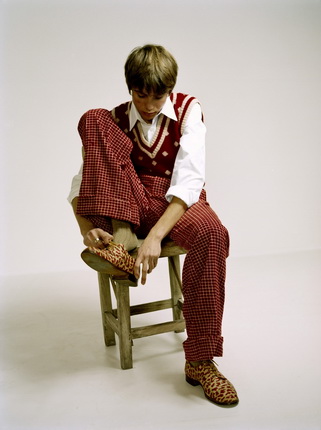
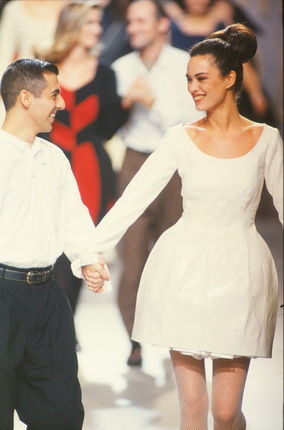
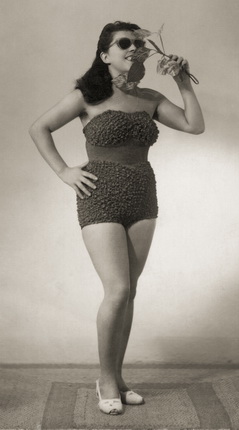
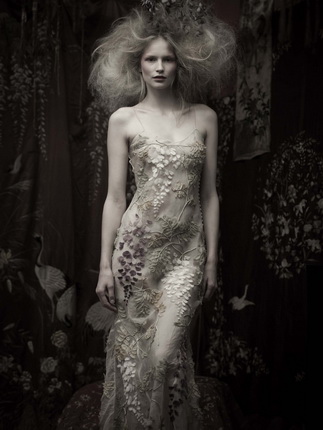
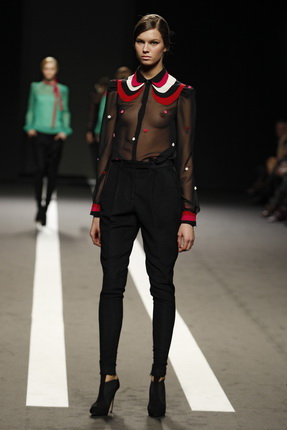
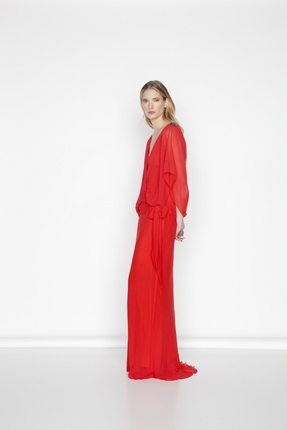
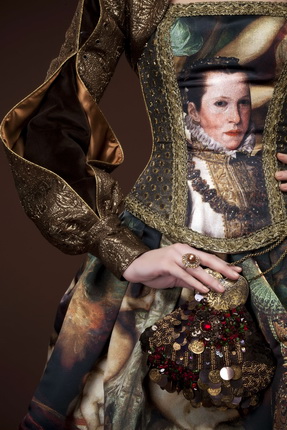
AILANTO. Collection Spring/Summer P/V 2001. Xavi Muntané. © Xavi Muntané. Courtesy Instituto Cervantes de Moscú
ALVARNO. Collection Fall/Winter 2010-2011. Paz Guillén. © Paz Guillén. Courtesy Instituto Cervantes de Moscú
ANDRÉS SARDÁ. Collection “50 Anniversary” Fall/Winter 2012-2013. Esmeralda Martín. © Esmeralda Martín. Courtesy Instituto Cervantes de Moscú
ANTONIO MIRÓ. Collection Summer 1972, photo made in 2005. Antoni Bernard. © Antoni Bernard. Courtesy Instituto Cervantes de Moscú
DEVOTA Y LOMBA. Collection Fall/Winter 1992-1993. Biel Sol. © Biel Sol. Courtesy Instituto Cervantes de Moscú
DOLORES CORTÉS. Collection Spring/Summer 1955. Estudio Valentín. © Estudio Valentín. Courtesy Instituto Cervantes de Moscú
ELISA PALOMINO. Collection Fall/Winter 2011-2012. Martin Scott Powell. © Martin Scott Powell. Courtesy Instituto Cervantes de Moscú
ION FIZ. Collection "My Way" Fall/Winter 2010-2011. Ugo Camera. © Ugo Camera. Courtesy Instituto Cervantes de Moscú
MIGUEL PALACIO. Collection Fall/Winter 2010-2011. Ugo Camera. © Ugo Camera. Courtesy Instituto Cervantes de Moscú
PURIFICACIÓN GARCÍA. Collection Spring/Simmer 2012. Javier Herranz. © Javier Herranz. Courtesy Instituto Cervantes de Moscú
MAYA HANSEN. Collection “Quines of Spain” Fall/Winter 2011-2012. Marcelo Aquilio. © Marcelo Aquilio. Courtesy Instituto Cervantes de Moscú
TXELL MIRAS. Collection Fall/Winter 2009-2010. Biel Sol. © Biel Sol. Courtesy Instituto Cervantes de Moscú
Moscow, 5.03.2015—2.04.2015
exhibition is over
Central exhibition hall Manege
1, Manege Square (
www.moscowmanege.ru
Share with friends
Curator: Pedro Mansilla Viedma
For the press
The word ‘trend spotter’ has become a label that has sneaked into our daily lexicon. The true measure of its success lies in its undeniable popularity even after the trace of its origin has all but disappeared. There are trends all over the world, from New York to Timbuktu, and, therefore, there are trend spotters everywhere. Something must have changed in the fashion world, because in the last ten years, these two words have taken over all fashion-centred conversations. In a quick assessment, the success of fashion magazines, the influence of their all-powerful editors, the importance of fashion news for the general media, the exponential growth of the Internet and social networks, and, lastly, the huge bite taken from the world’s fashion pie by ‘distribution chains’, as they are euphemistically known, speak for themselves. Not to mention their significance as a symbol of modernity and one of the basic components of what we describe as ‘country brand’.
Was there fashion no in the past? Were trends not spotted back then? Were there no trend spotters? The answer is always yes. There has always been fashion, and trends, and trend spotters, but they were known as tailors, dressmakers, couturiers, creators, designers, and stylists. Something has changed before our eyes. Although it may seem like a mirage, fashion has stopped descending and begun to ascend; it has stopped setting trends on the catwalk and begun suggesting them on the street. I realize that all the claims regarding the democratization of fashion end up being siren song, but here we can see their prodigious results. Whether the following are trend spotters or not, here is the result: 67 trends, with their 67 names, their 67 unique and unrepeatable merits.
Are all the names on the list for good reason? All those included are trend spotters, but obviously Sybilla has little to do with Davidelfin. However, which one of them should have been left out? Is the list exhaustive? No. Without arbitrariness, as Borges would say, a selection is not worth it. A final justification: the exhibition is ‘intimate’, a private look over a century of Spanish fashion, mainly because it has been agreed with a cache of the chosen figures. Except with Balenciaga, who was not available, if you know what I mean. Each word, each photograph, each caption, has been carefully searched for, found and documented. This is what I mean when I make the point that ‘Trend Spotters?’ is also an intimate portrait of Spanish fashion.
Pedro Mansilla Viedma








